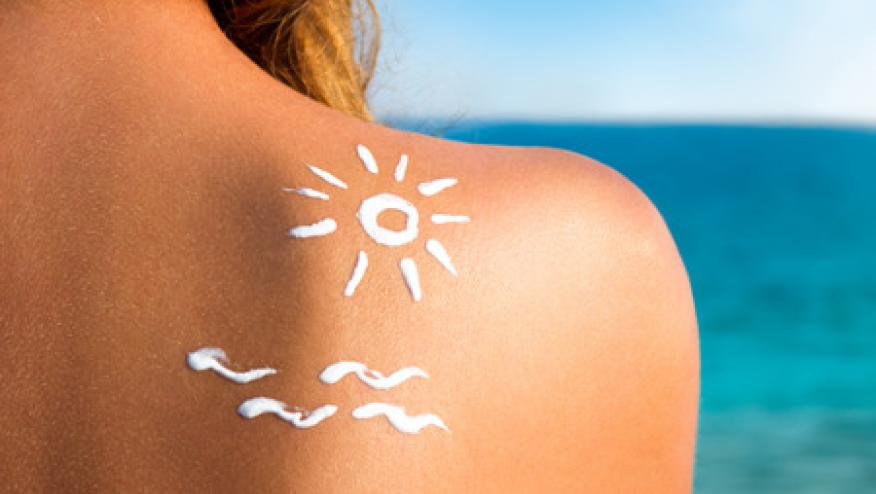Step Into Sunshine Save

I recently had a follow up with a systemic lupus erythematosus (SLE) patient who wanted to discuss sun protection options since moving to Dallas, where we have 232 days of sunshine yearly. I felt prepared, partly because I am a strong believer in sun protection and use it religiously, but also because I grew up with a mother who is a clinical dermatologist who inspires me daily.
We know zinc oxide based sunscreen products are preferable to chemically based sunscreens, but here are additional tips and products that you may find helpful to reference in your practice.
Sun protective clothing: Not just hats anymore
For patients who don’t want to wear sunscreen, brands like Athleta, Columbia, Coolibar, and Land’s End, for example, have stylish clothing and hats complete with UPF(Ultraviolet Protection Factor) features. Additionally, SPF (Sun Protection Factor) swimsuits, athletic wear, and accessories such as scarves and gloves are available.
- Pros: Fashionable sun protective clothing is readily available in retail stores, and provides a measure of protection for people who avoid sunscreen.
- Cons: price may be prohibitive, with the average sun shirt from Columbia ranging between $40 – 50. Advise patients to shop end-of-season sales.
Mineral powder sunscreens: Avoiding the grease factor
For those patients who won’t apply traditional sunscreen due to what I call the “grease factor” on the skin, powdered mineral sunscreens may be appealing.
Brush-on block Broad Spectrum SPF 30 Mineral Powder sunscreen comes in a translucent powder, which can be good for both male and female patients. It works well (and sunscreen is important to use) on the scalp for those who part their hair and even for tops of hands while operating vehicles. Colorescience Sunforgettable Mineral SPF 30 Sunscreen Brush also comes in shimmers and tinted colors perfect for “makeup” style touch ups and coverage.
- Pros: Mineral makeup is easier to apply and may be more “patient friendly” in terms of ease of use. Products do not contain oils and may be easier on sensitive skin, such as for patients with lupus or rosacea.
- Cons: it’s unclear exactly how much mineral powder is needed to block harmful UVA/UVB. It’s still recommended to use as “double coverage” with traditional sunscreen.
Makeup: UVA/UVB double duty
Some makeup products - both drugstore and more expensive brands - contain SPF that works well when used in combination with sunscreen. Bonus, products are hypo-allergenic and non-cometogenic, and range from compacts, foundations, tinted moisturizers, tinted lip balms and non-tinted “sport” lip balm ranging from SPF 15 and SPF 30.
My favorite makeup regimen currently is CeraVe with retinol and zinc oxide base (SPF 50) followed by a powder type makeup such as Almost Powder Makeup from Clinique. While this is only SPF 15, combined with an additional sunscreen it would be a great option for patients. And, I constantly reapply my Fresh “Rose” lip balm, which is SPF 15.
- Pros: If you’re reapplying make-up throughout the day, you’re also reapplying your SPF coverage.
- Cons: You do need to reapply. Sun protection is only as good as your reapplication skills.
My patient spends much of her day visiting clients around the city, and was concerned about what to wear while driving, walking along city streets, and dining outdoors. Her current go-to sunscreen was only an SPF 15, and she only applied it once a day, early in the morning. She plans to look into an SPF lip balm (something she currently doesn't wear), along with higher SPF products for her face, arms and hands, along with sun protective clothing. Because she's on a limited income, we spoke about affordable drugstore brand products she can shop for. I've made a note to follow up on her sunscreen journey when I see her again.









If you are a health practitioner, you may Login/Register to comment.
Due to the nature of these comment forums, only health practitioners are allowed to comment at this time.